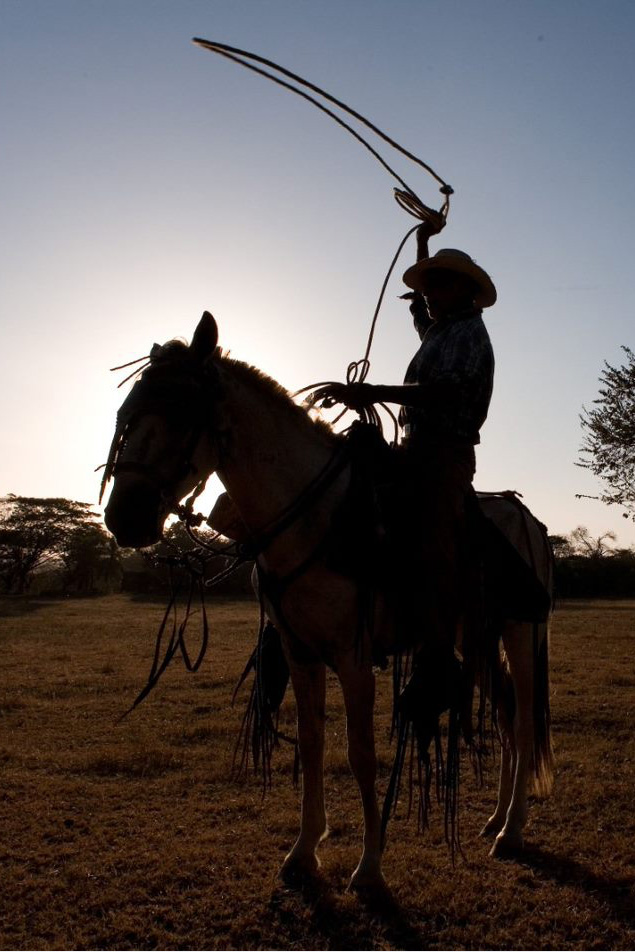Hojancha Honey
Our honey: harvest 2021
Blue Zones Nicoya is a company highly committed to Guanacaste beekeepers and this year we have started a traceability project where we give visibility to our consumers of the origin of the 100% pure raw honey that we pack.
We want our consumers to discover where honey comes from, why it varies in color year to year and of course what organoleptic characteristics it possesses, and to be able to enjoy each one of them with their individual characteristics.
The value of honey not only has to do with excellent flavor, but is associated with the importance of the bees that produce it, in the pollination process and therefore for the maintenance of life on our planet.
The world of honey is wonderful!
There are several factors that affect honey’s color and flavor, however, the main factor is the collection of nectar from bees, they visit around 50 to 100 different flowers on each one of their trips. The honey process is extremely interesting and it’s an excellent example of good teamwork. The bees go through 4 crucial steps until they reach the decadent syrup.
Step 1. The worker bees collect nectar.
When the working bees finally find the nectar they want, they use their proboscis (elongated appendix located on the head) to suck the sugar from the flowers. With a little saliva from the bee, it is stored in a special sac in the stomach, when this sac is full the bee returns to its hive to leave all the nectar.
Step 2. The nectar is sent home.
As honey passes from one bee to another, the enzymes in their saliva change the pH and other chemical changes occur. At this stage the mixture contains a lot of water so the bees work to dry it little by little.


Step 3. Dehydrate the honey.
Some water is removed while the honey is passed from bee to bee, but what dehydrates the honey the most is when it is passed into the honeycomb. When the bees spread the honey in the hexagons, as it has more space, honey can evaporate its water particles faster. Something incredible about this process is that thanks to the constant movement of the bees’ wings there is a constant air flow that causes the water content in the honey to go from 70% to 17-20% at most.
Step 4. The honey is stored in the honeycomb.
The last step is how the honey is stored. When the honey is in its respective hexagon, the bees cover it with wax that they make. This is to maintain the freshness of the honey until the moment that they decide to feed from it. Or in another case, when us humans decide to harvest it.
It is an amazing teamwork!
Hojancha
Hojancha is known for its beautiful mountains and its delicious climate, always sunny but with a cool breeze. In pre-Columbian times, Hojancha was the province of a Chorotega tribe, it was in 1910 that the first settlers arrived and began to live as a village, bringing a school, church, etc.
The name Hojancha is due to the fact that the indigenous natives called a common tree of the region as Thick Leaf, due to the characteristics of its leaves. Hojancha is known as the “forest town” thanks to its sustainable management of forest plantations. The most common trees are the Gallinazo and Madroño.
Flowering predominant in the apiary
Madroño
Scientific name: Arbutus unedo.
It is a small fruit tree, it does not usually exceed 7 meters in height. Its flowers are reddish and appear in the humid months. Its fruit, which has a sucker-like appearance, is also called strawberry tree.
Gallinazo
Scientific name: Schizolobium parahybum
It reaches heights of up to 35m, its wood is soft and light. Small yellow flowers appear between January and March

